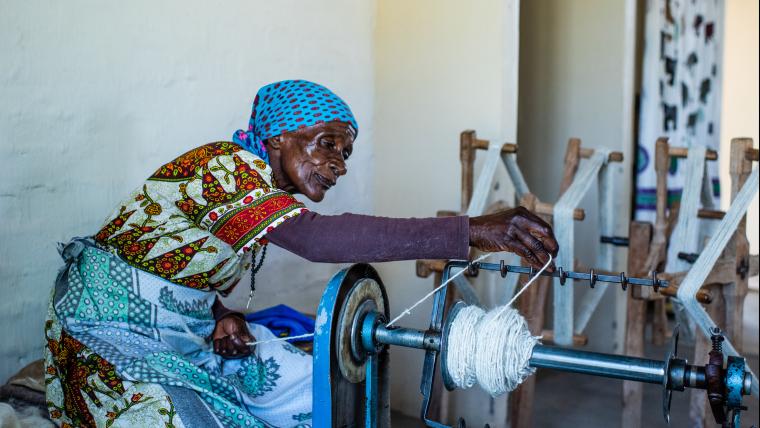
Uniting generations of craftswomen with a tapestry of two tribes
The stories of Mpumalanga are bound in wool. At the Mapusha Weaving Cooperative, they’re woven into tapestries that reflect the lives of the craftswomen. Scenes of country life are created by artisans who grew up in this rustic and rural environment. The initiative doesn’t just produce priceless pieces – it also unites generations of Shangaan and Mapulaneng Sotho women.
‘Mapusha’ is a combination of Mapulaneng and Shangaan, signifying the union of the two tribes. Situated near the border of Limpopo, the cooperative launched in the early 1970s. It was originally intended to upskill unemployed women and provide them with an income. At their studio, age-old techniques of spinning, dying, sewing, and weaving organic materials are kept alive. Some looms are larger than the artisans themselves. But even if it means standing on a brick for hours to complete their creations, they persevere. The collective is heralded in the town of Rooiboklaagte for the work they produce, as well as the values they represent. “This is a perfect example of how art can connect us,” Angy Dlbakoane, one of the weavers, says.
The group has stayed strong for close to half a century. Entering as young women, many of the weavers are elderly today. Catching up to current trends, they’re diversifying the designs of their textiles. Tapestries of geometric art lie next to those of arum lilies, snowy sheep, and colourful windmills. Their handwork is their legacy. For these craftswomen, this is how their tales of unity and cultural pride will be immortalised.
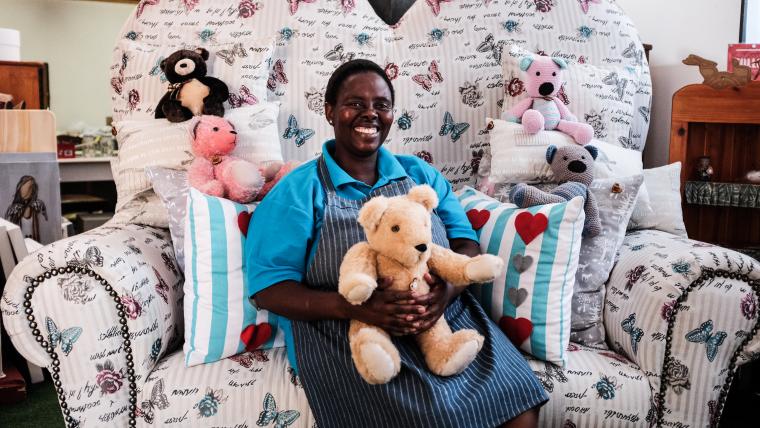



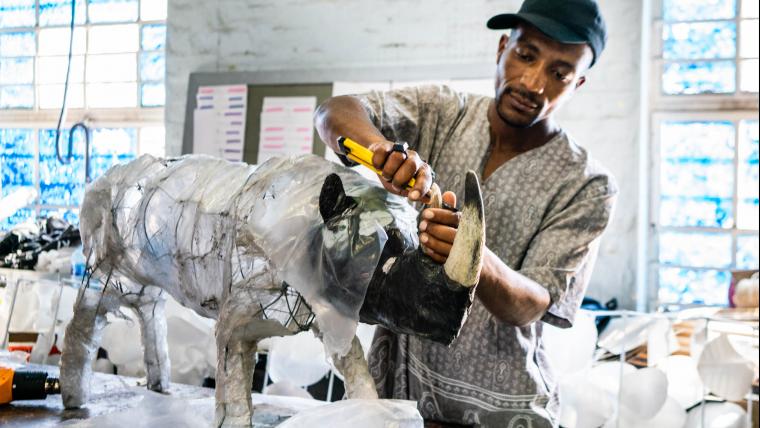


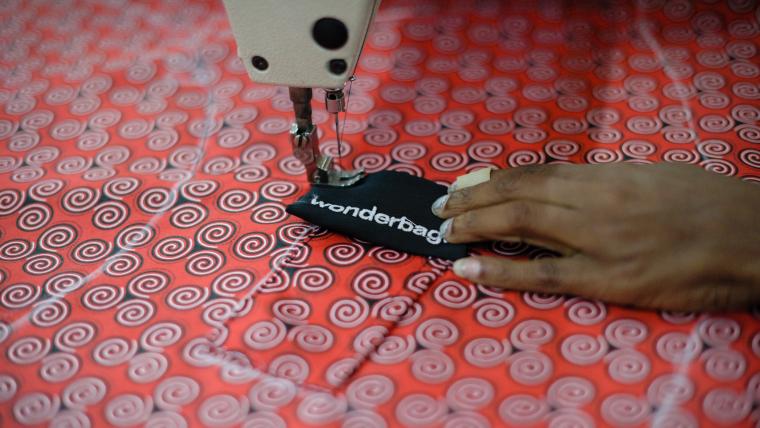

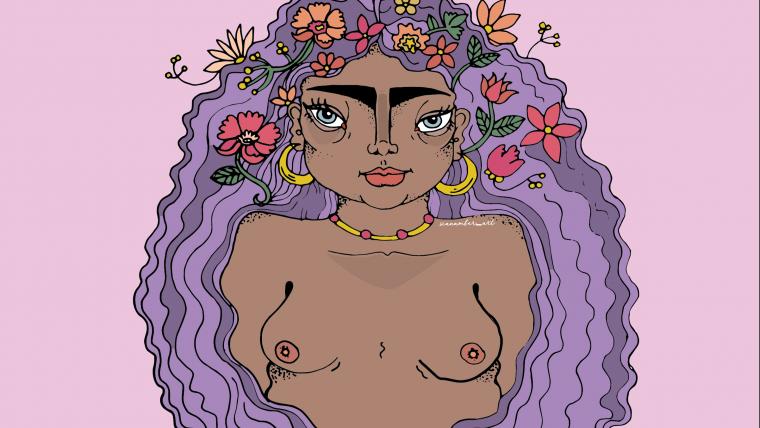




















Please sign in to leave a comment